Caprock Chronicles: George C. Wolffarth and his remarkable farm
Editor’s Note: Jack Becker is the editor of Caprock Chronicles and is a Librarian Emeritus from Texas Tech University. He can be reached at jack.becker@ttu.edu. Today’s article about Lubbock County pioneer farmer and rancher George C. Wolffarth is by frequent contributor Chuck Lanehart, Lubbock attorney and award-winning history writer.
George C. Wolffarth, born in Van Zandt County, Texas, in 1866, was one of the earliest and most prominent settlers of Lubbock County. In the 1880s, he was a teenage cowboy who worked for the 22 Ranch off the Caprock, moving herds of cattle from below the Caprock to feed on broad South Plains grasslands.
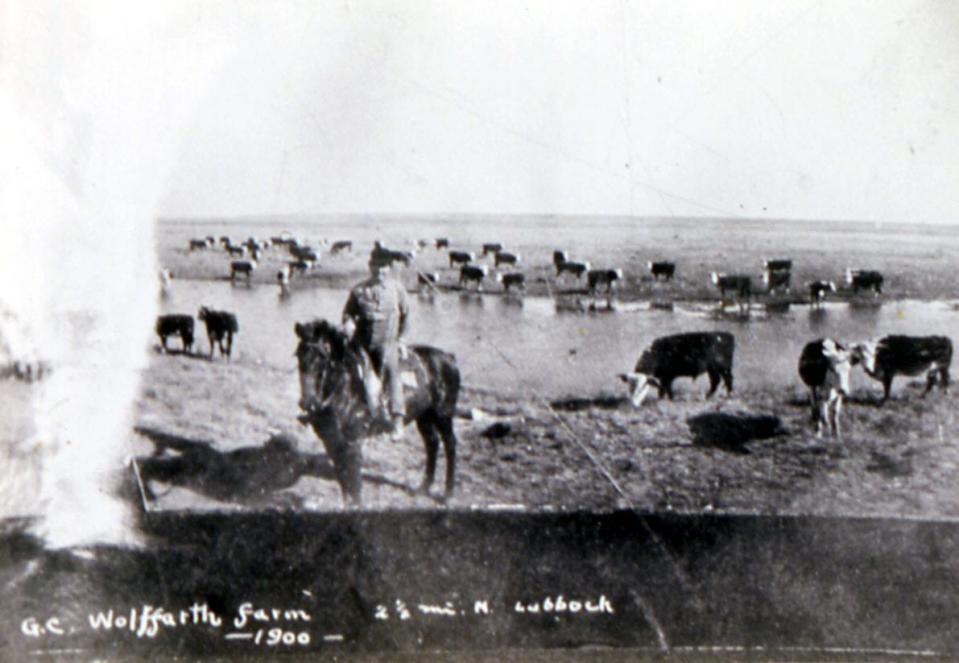
His first memory of what would eventually become downtown Lubbock was in 1884. As far as he could see, there were antelope and mustangs grazing in waving seas of grass. George began bringing his own cattle into the county and remained as a permanent settler.
George was among the founders of Monterey (also known as South Town, located just north of Texas Tech), which merged with Old Lubbock, sometimes called North Town (east of Lubbock Country Club across I-27), as both communities relocated to establish the Lubbock County seat at the current site of downtown Lubbock, in 1890.
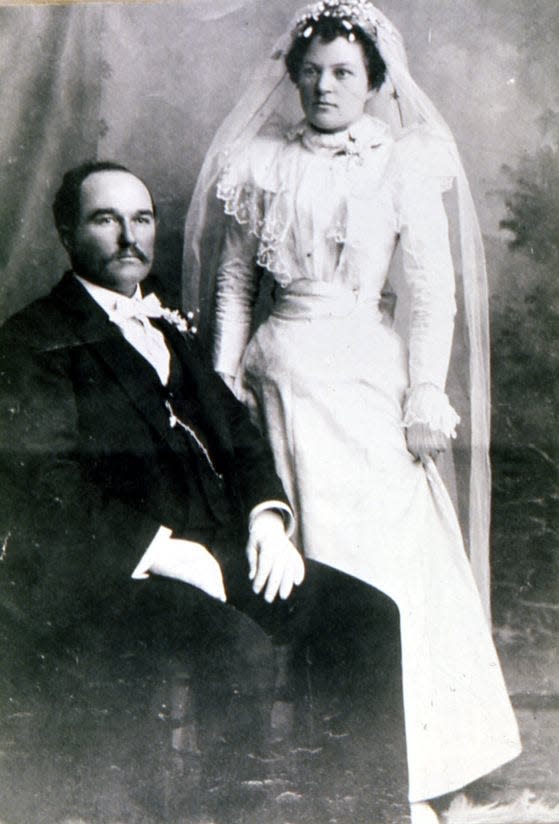
In 1891, George was elected as the first Lubbock County Clerk. In his eight years as clerk, George resided at the historic Nicolett Hotel on the courthouse square.
To augment his growing cattle business west of Lubbock, on February 7, 1898, he acquired 160 acres of land on Blackwater Draw a few miles north of Lubbock.
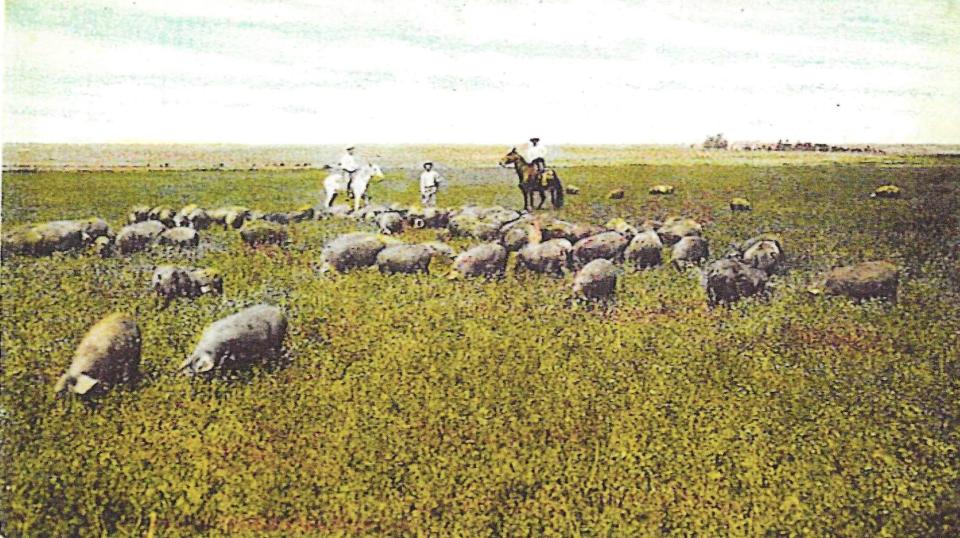
Soon, he married Lottie Hunt, daughter of Quaker pioneers George and Lina Hunt, who originally settled in Estacado. George and Lottie lived a few weeks in the Nicolett as their farmhouse north of Lubbock was built.
Horse-drawn wagons from Amarillo delivered lumber, and at a cost of $600, George completed construction of the four-room frame structure, where four of the couple’s nine children were born.
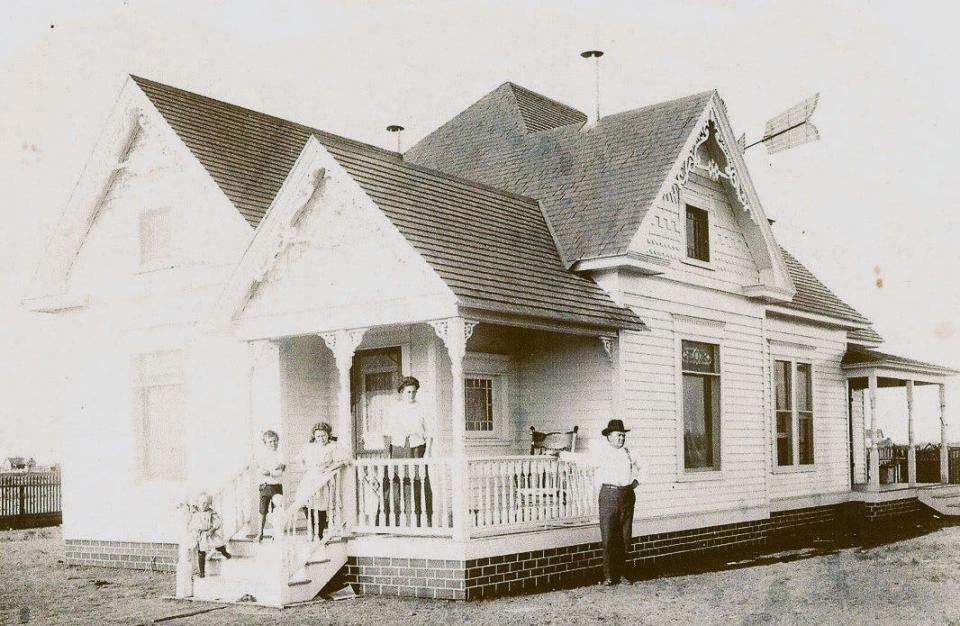
Attached to the farmhouse was a milk room. Water from a windmill was piped into the room, where it flowed through a trough in which jars of milk were placed. This type of cooling system was common, as there was no ice available in the Lubbock area until about 1909.
Visitors were welcomed at the Wolffarth farmstead for long stays. One visitor was a bachelor cowman from Scotland, Q. Bone, who enjoyed Lottie’s biscuits and fresh butter brought from the milk room. Bone was so grateful he gave the couple a silver English tea service and bestowed upon George his vast knowledge of potato farming.
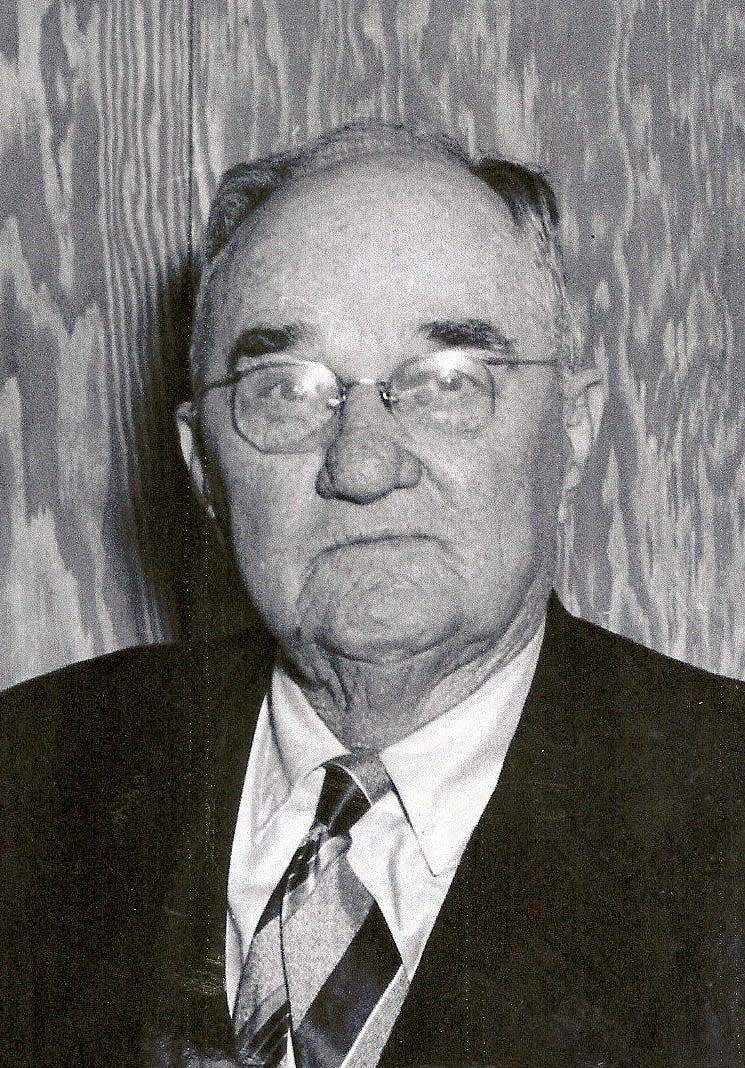
Aside from the resulting potato patch, George planted a plum and peach orchard in the draw. He raised corn, sorghum, rye and other grains. He established a locust tree nursery that eventually provided hundreds of the tall, fast-growing trees to settlers seeking shade.
Duck and plover were plentiful on the farm. At the beginning of the 20th century, migratory plover were thick during the two short periods the plump-breasted birds spent on the South Plains every summer. George organized large expeditions for plover hunts, followed by picnics where the fowl was prepared, roasted and devoured.
One autumn day, Lottie asked George to bring a duck home for dinner. He left with his trusty shotgun but returned very shortly, having fired only a couple of shots, and presented Lottie 34 fat ducks from his tow sack.

George dammed Blackwater Draw which streamed through the farm, and fish thrived in the pond created by the earthen barrier. Lottie would often take their children to meet George at the pond on his way home from town. In minutes, he would catch enough fish for supper.
George was the first person in Lubbock County to successfully produce alfalfa hay for livestock feed. For 22 years, he reaped harvest after harvest of hay without re-seeding. Beginning about 1900, he was among the first to raise registered Hereford cattle on the South Plains, and in 1902 he held the first public auction of registered Herefords in Lubbock.
The Wolffarth homestead was used by early land agents as a grand example of what fine agricultural and social opportunities could be had for customers interested in settling the South Plains. Even after 1910, when George built a nice brick home at 2304 Broadway for his rapidly growing family, he often retreated to the farm for solitary rest and relaxation.
George served as Lubbock City Commissioner, and he was the guiding force of Citizens National Bank, which became Texas Commerce Bank. The Lubbock County City of Wolfforth, though mistakenly spelled, is named in George’s honor. Someone got the spelling right in naming Lubbock’s Wolffarth Elementary School after George.
George was instrumental in bringing the all-important railroad to Lubbock in 1909, which helped transform the tiny community of a few hundred souls into the major economic hub of the South Plains.
In 1921, George sold his 160-acre farm to the fledgling Lubbock Country Club, which developed the property into what today is one of the finest golf courses and country clubs of the Texas Plains region.
George Wolffarth died in 1950 at the age of 84.
This article originally appeared on Lubbock Avalanche-Journal: Caprock Chronicles: George C. Wolffarth and his remarkable farm

